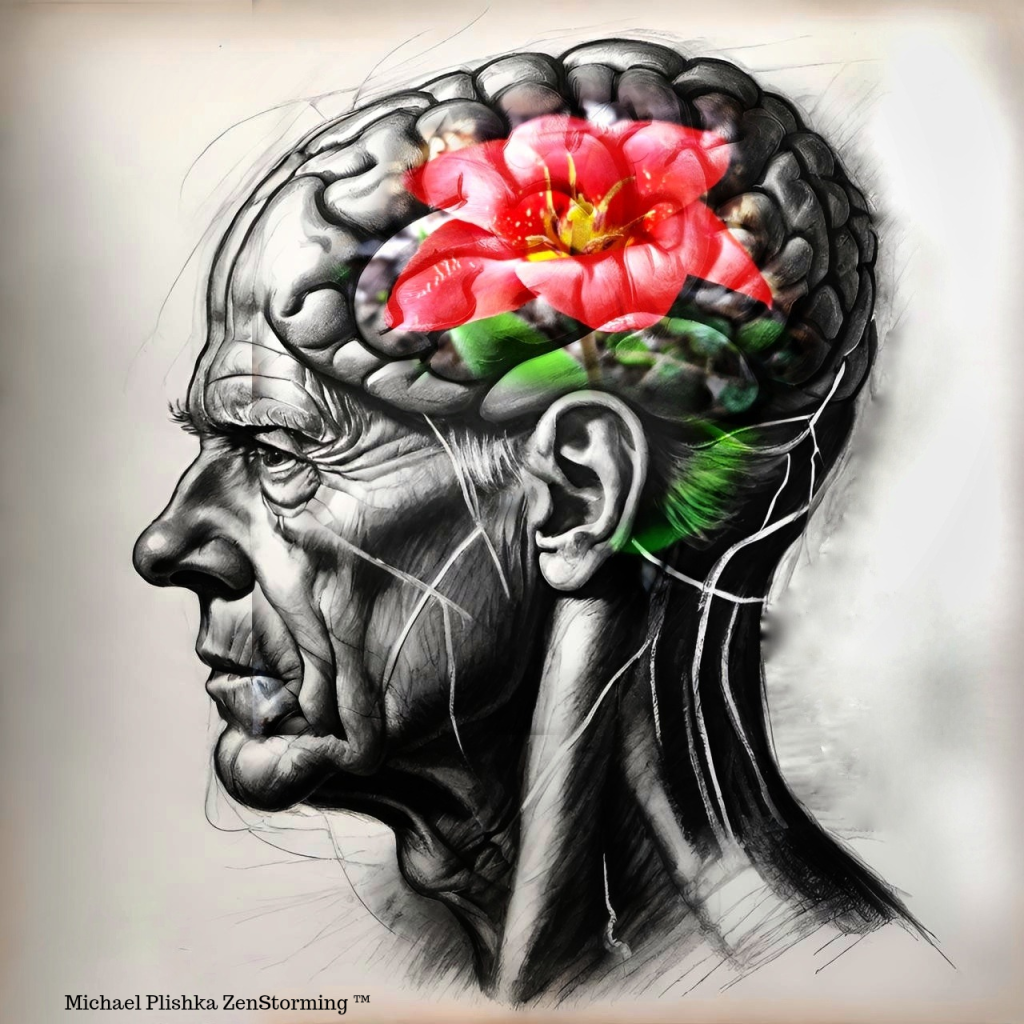Alice laughed. “There’s no use trying,” she said. “One can’t believe impossible things.”
“I dare say you haven’t had much practice,” said the queen. “When I was your age, I always did it for half an hour a day. Why, sometimes I’ve believed as many as six impossible things before breakfast.” -Through the Looking Glass by Lewis Carroll
I sat down for breakfast tea with Edward Smith. A jovial, white-haired seadog, he walked with a bounce in his step since he learned he’d be Captain of the Titanic.
“Sarah,” he called to his wife in the kitchen, “I’ll be having tea with Michael in the study.”
“Yes, dear!” she said as Smith smiled and showed me my seat.
He sat down across from me and without hesitating asked, “So my good friend,” as he leaned towards me, “You are always reading something, What have you been reading lately?”
“Lewis Carroll’s works, ” I said, his white eyebrows raised and he leaned back in his chair. “I find them quite stimulating, even if at times they are somewhat cryptic.”
“Ha! I always enjoy our conversations Michael, you find amusement in the strangest of areas.”
His wife placed warm. steaming crumpets in front of us and began pouring tea.
“What one tidbit of Carroll catches your fancy this morning?” said Smith as he buttered a crumpet.
“Six impossible things.”
“Which six?”
I took a bite of a crumpet, the steam carrying the aroma into my nose, “These are delicious, Sarah!”
A voice returned, “There are plenty more, eat hearty!”
“Which six impossible things has Mr. Carroll written about?” continued the Captain, clearly captivated by my introduction.
“Six impossible things before breakfast. Any six. Simply believe six impossible things to be possible – it is at once challenge and folly.”
The Captain smiled, “And therein lies the allure – much like a man’s love for the sea.” He smiled broadly, crumpet crumbs falling from the white, brushy mustache.
“I’ve taken it as a personal challenge, Captain, to believe six impossible things before breakfast. I do believe it’s motivating me to make the impossible, possible. It stimulates my creativity and broadens my horizons!”
Captain Smith nodded, “It is the motivation of the likes of Magellan, to constantly reach for the horizon, where the impossible waits…” His view became distant and he paused. No doubt for effect as well as to ponder the deeper truth.
“Six impossible things,” he continued. “Let’s take the challenge together this morning. What is impossible so that we may believe it?”
He began looking around the room, stopping at the radio.
“There!” He said pointing. “Wouldn’t it be grand if, while I listened to the radio, I could see the people talking? -That’s impossible isn’t it?”
“Well done, Captain!” I laughed and watched as his eyes went to his telescope.
He slapped his thighs and wiped the last bit of crumb from his mustache and beard and pointed at the scope, “The moon. One day men will walk upon that cold, grey orb.”
“Are you quite sure that’s impossible?”
“Are you telling me it’s possible?”
“It’s perhaps as possible as your cigar box containing all the letters you’ve ever written, all your charts, and all Sarah’s recipes with room for more!”
The Captain laughed, “My dear Michael, you are not helping your case. What you claim is quite impossible, even if all were written with tiny letters.” He paused. “But, I will believe it to be possible. There, that’s three: A box that can hold an ocean’s worth of information.”
“Three,” I sipped some more tea. “You have a heart for this, Captain.”
“I find this enjoyable.” He paused, chuckling. “My heart!” He paused and his eyes widened. What if it could be replaced by a machine, or, or perhaps another person’s heart?!” His eyes were sparkling and childlike now. He was beginning to understand why I liked this discipline.
“Four,” I said. “What is number five?”
He narrowed his eyes and again they wandered about the room. First to my tea-cup, then to his. He began stroking his beard and his gaze landed on a rifle on the wall.
“Number five is a weapon…one round sufficient to annihilate entire cities the size of London.”
“Number five!” I poured myself another cup of tea and continued, “You’ve gotten the hang of this! Remember to start each day aboard the Titanic with this exercise. You’ll find your mind invigorated!”
The corners of the Captain’s mouth fell, his gaze distant. He looked down and shook his head, “Michael, you Cretan, you’ve told me all Cretan’s are liars and I am bound by your truth.”
I wasn’t offended, but it was clear the Captain was not complimenting me.
“People say,” the Captain said, his voice becoming softer and gaze more distant, ” that the Titanic is impossible to sink…”




